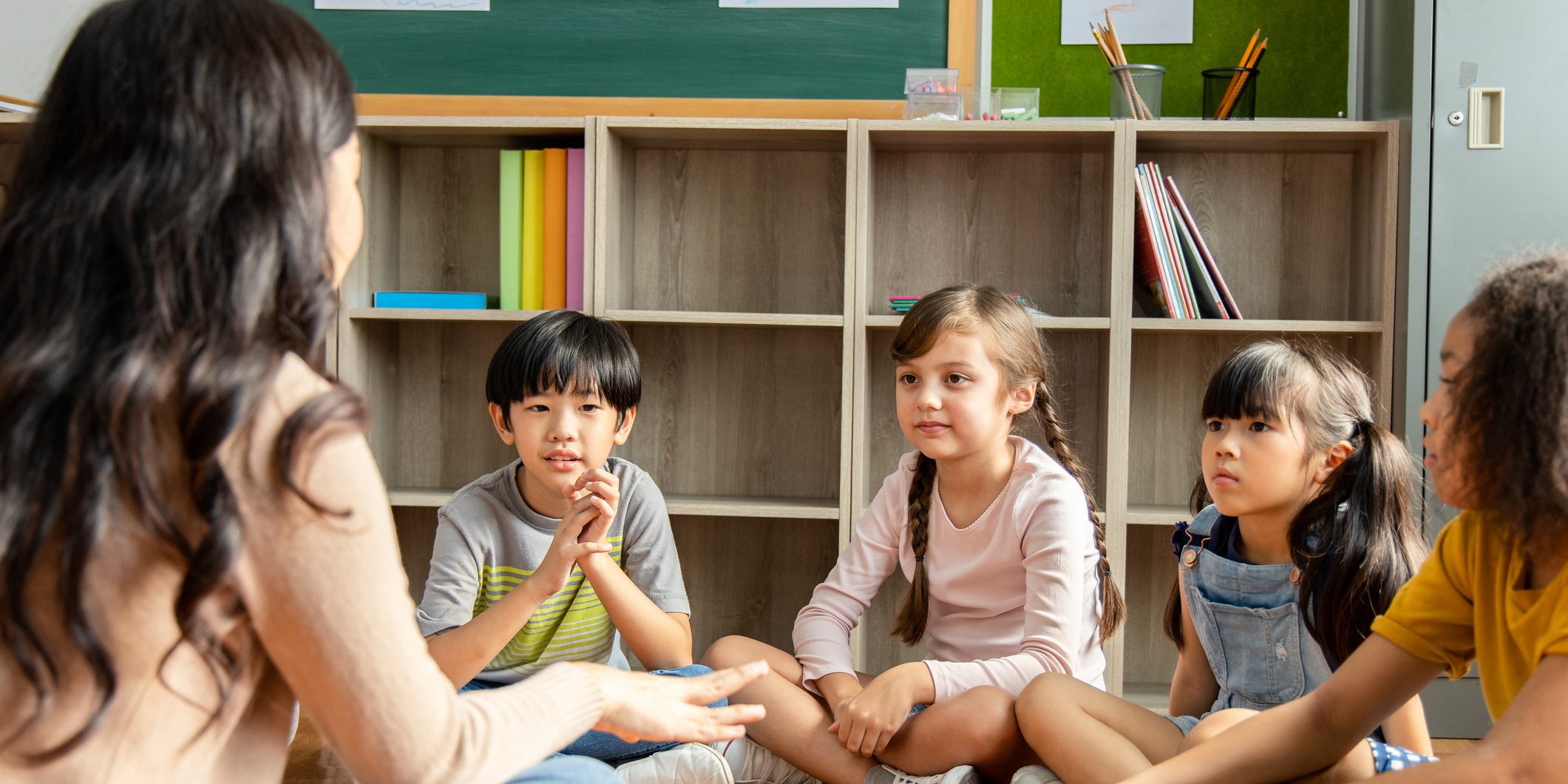This measure refers to the quality of transition times by considering how organized and prepared the teacher is to begin activities and whether there are long waits between children’s activities. For example, a teacher has a basket next to her from which she pulls out the materials she needs for whole group activities across the day, versus children waiting while she looks for the materials in between activities.
Category: Category 2: Teacher-Child Interactions
Subcategory: Instructional Formats and Approaches to Learning
Examples
In this section you will find videos, images, and/or documents that can be used to better understand this measure. These examples can also be used in conversations between mentors, directors, and/or teachers to discuss how the program's current practices compare to these examples.
Video Example
This video shows a teacher explaining to children how to separate words into syllables during a planned, cognitive transition. The transition, because it is planned, helps minimize disruptions that could happen while moving from one area to another.
Age(s): Preschool
Video Example
Using Willaby Wallaby Woo, as a planned rhyming transition, the teachers in this video are moving the children from whole group to small groups without much wait time. The decreased wait time also decreases the opportunity for disruptions while the children transition from one space in the room to another.
Age(s): Preschool
Video Example
In this planned transition game, the teacher uses a die to move the children from whole group to center time. Implementing a planned transition helps the teacher avoid long waits which could lead to classroom disruptions.
Age(s): Preschool
Video Example
The teachers in this video make the most of transition times by singing songs, counting, playing games, and preparing snacks.
Age(s): Infant, Toddler, Preschool, School-age
Video Example
During a transition activity, a teacher asks children to name the first letter in their name and to make the sound for the letter. This activity allows the teacher to transition the children from circle time to small groups without many disruptions or long waits.
Age(s): Preschool
Video Example
This letter wall activity shows a teacher using a planned transition to move children from group time to center time. Adding planned transitions helps reduce confusion as children change learning spaces throughout the day.
Age(s): Preschool
Practice Opportunities
These resources include tips, strategies, activities, or specific tools related to this measure that programs can put into practice.
Activity
Teachers can use this word-reading game as an intentional activity on its own or to transition children. Because the goal of the game is to recognize words quickly, children don’t have to wait a long time for their turn.
Age(s): Preschool, School-age

